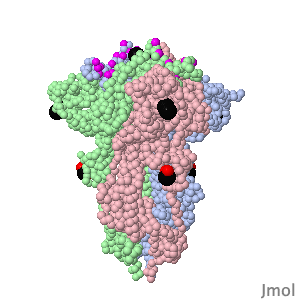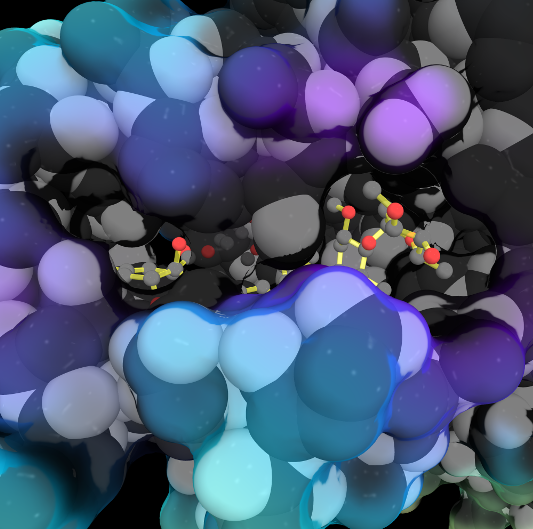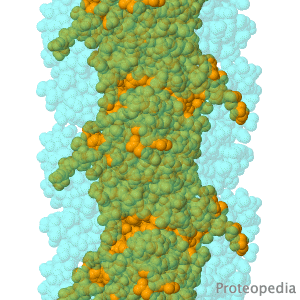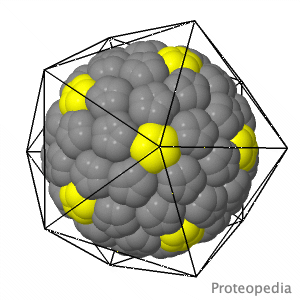Main Page
From Proteopedia
| Line 18: | Line 18: | ||
<tr> | <tr> | ||
| - | <td style="padding: | + | <td style="padding: 5px;"> {{Proteopedia:Featured SEL/{{#expr: {{#time:U}} mod {{Proteopedia:Number of SEL articles}}}}}}</td> |
<td style="padding: 5px;">{{Proteopedia:Featured ART/{{#expr: {{#time:U}} mod {{Proteopedia:Number of ART articles}}}}}}</td> | <td style="padding: 5px;">{{Proteopedia:Featured ART/{{#expr: {{#time:U}} mod {{Proteopedia:Number of ART articles}}}}}}</td> | ||
<td style="padding: 5px;"> {{Proteopedia:Featured JRN/{{#expr: {{#time:U}} mod {{Proteopedia:Number of JRN articles}}}}}}</td> | <td style="padding: 5px;"> {{Proteopedia:Featured JRN/{{#expr: {{#time:U}} mod {{Proteopedia:Number of JRN articles}}}}}}</td> | ||
| Line 34: | Line 34: | ||
<tr style="font-size: 1.2em; text-align: center;"> | <tr style="font-size: 1.2em; text-align: center;"> | ||
| - | <td style="padding: | + | <td style="padding: 8px;> |
<p>[[Help:Contents#For_authors:_contributing_content|How to add content to Proteopedia]]</p> | <p>[[Help:Contents#For_authors:_contributing_content|How to add content to Proteopedia]]</p> | ||
<p>[[Proteopedia:Video_Guide|Video Guides]]</p> | <p>[[Proteopedia:Video_Guide|Video Guides]]</p> | ||
Revision as of 09:58, 21 October 2018
|
ISSN 2310-6301
As life is more than 2D, Proteopedia helps to bridge the 3D relationships between function & structure of biomacromolecules
| |||||||||||
| Selected Pages | Art on Science | Journals | Education | ||||||||
|---|---|---|---|---|---|---|---|---|---|---|---|
|
|
|
|
||||||||
|
How to add content to Proteopedia Who knows ... |
Teaching strategies using Proteopedia |
||||||||||
| |||||||||||





